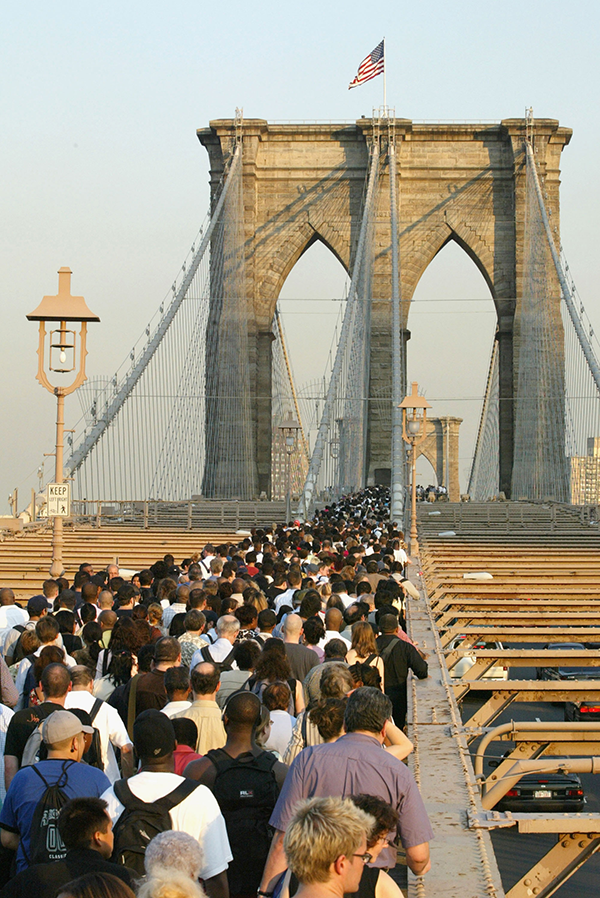A Look Back at the Northeast Blackout of 2003 and Lessons Learned

On August 14, 2003, a transmission line fault in Ohio caused by contact with a tree cascaded into what would become one of the largest outages in North American history plunging more than 50 million people in eight states and Ontario into darkness.
“In literally a matter of five or six seconds the lights flickered and went out and started a more than a 24-hour effort to get the lights back in New York,” recalled Rick Gonzales, NYISO’s Chief Operating Officer. “Our operators tried to use our standard operating practices to restore the grid but it's very difficult to do that.” The outage had devastating impacts to the health, safety and welfare of New Yorkers and, as reported in the Journal Epidemiology, resulted in the loss of human life. Economic losses reached as much as $10 billion according to the Electricity Consumers Resource Council.
“It certainly caught New Yorkers by surprise,” said Gonzales. “It was extraordinary, the magnitude and the cost and the concern of how this could happen.
“Grid operators have improved training, built smarter software, and installed protective equipment to prepare for, and help avoid, similar scenarios,” he continued. “We've also improved communication with energy suppliers and utilities while regulators have created more stringent reliability rules. But some factors like catastrophic weather-related events are beyond human control.”
Keeping the Lights On, Episode 3 of our Grid of the Future video series, looks at lessons learned from previous outages. We also look at the impacts of major weather-related events, like Hurricane Sandy, and the steps we’re taking as the grid operator to address more frequent extreme weather in the future.

The NYISO is responsible for balancing electrical load with supply on the New York grid, as well as dispatching energy and overseeing power flows on the transmission system. Planning for grid reliability is core to all that we do. In the 20 years since the 2003 blackout, we have taken steps to avoid a similar event and we conduct a variety of studies to evaluate system reliability as supply and demand continue to change during the grid in transition.
That task is proving more challenging with the rapidly changing resource mix associated with decarbonizing the grid and the increase of extreme weather. For instance, our 2023 Quarter 2 Short-Term Assessment of Reliability (STAR) identified a reliability need beginning in summer 2025 within New York City. We are actively seeking solutions to address this need in accordance with regulatory requirements.
How can we help to avoid the risk of power outages in the future? By keeping reliability in mind as we work together to transition the system to clean energy, keeping enough controllable and flexible resources online to fill in gaps when solar and wind power is not sufficient to meet customer needs.
“I think the big takeaways are that it’s hard to black start a system,” Gonzales said You really need to try to preserve the grid as much as you can before you suffer some major event.”
Watch Episode 3: Keeping the Lights On to learn more about the work the New York ISO is doing to deliver a reliable grid of the future.
Visit the #GridoftheFuture webpage.
